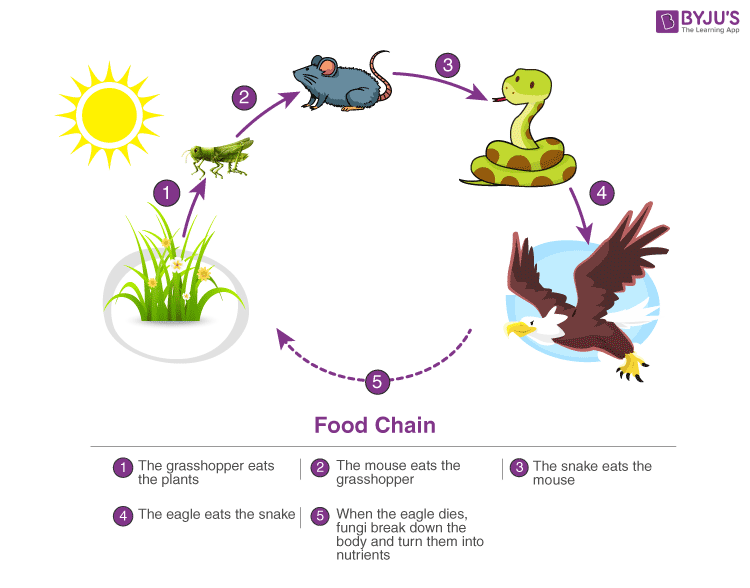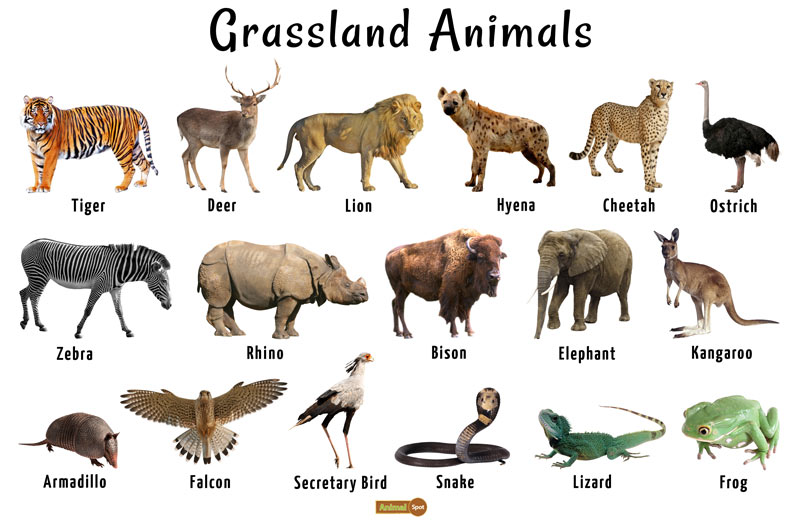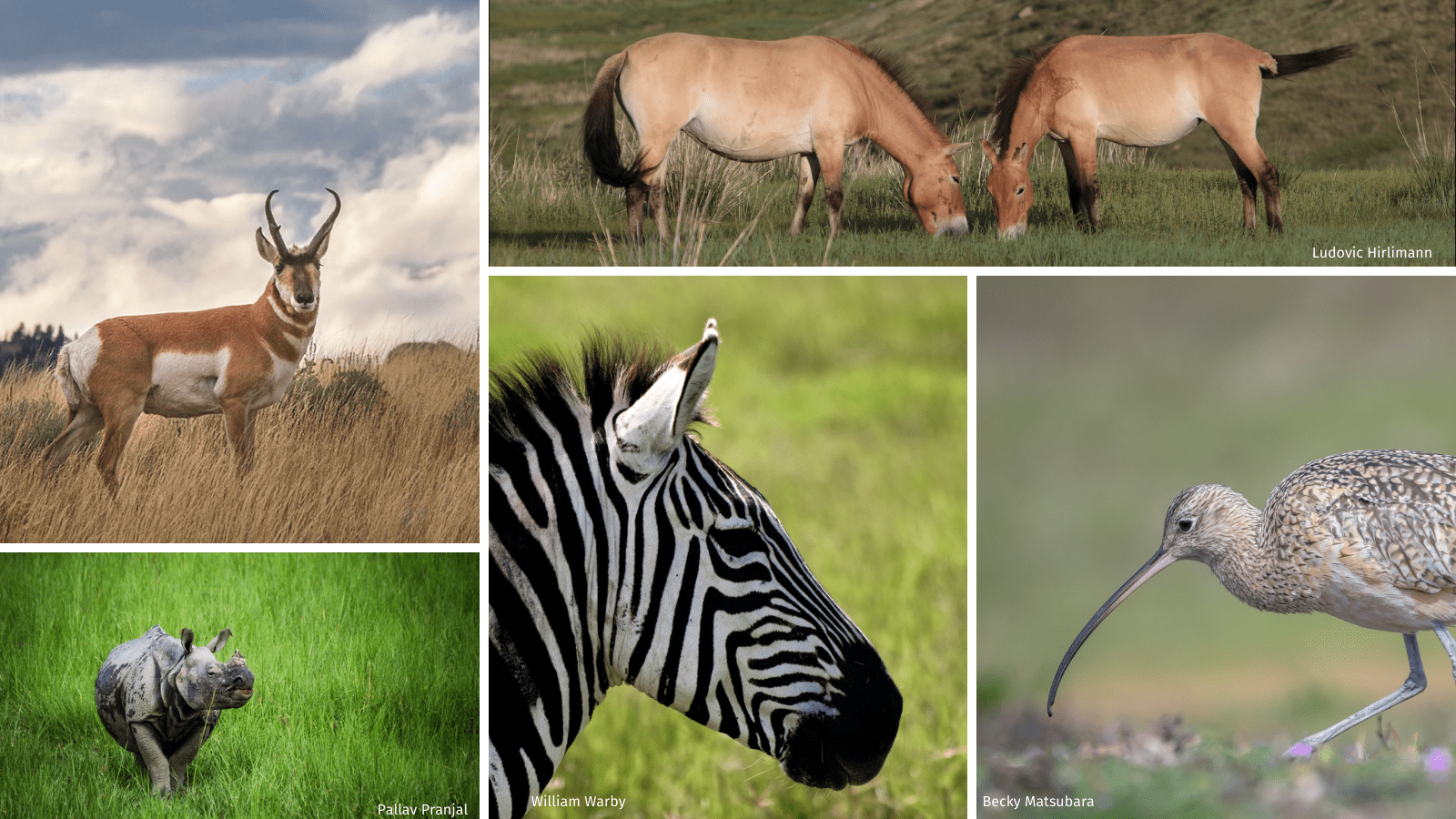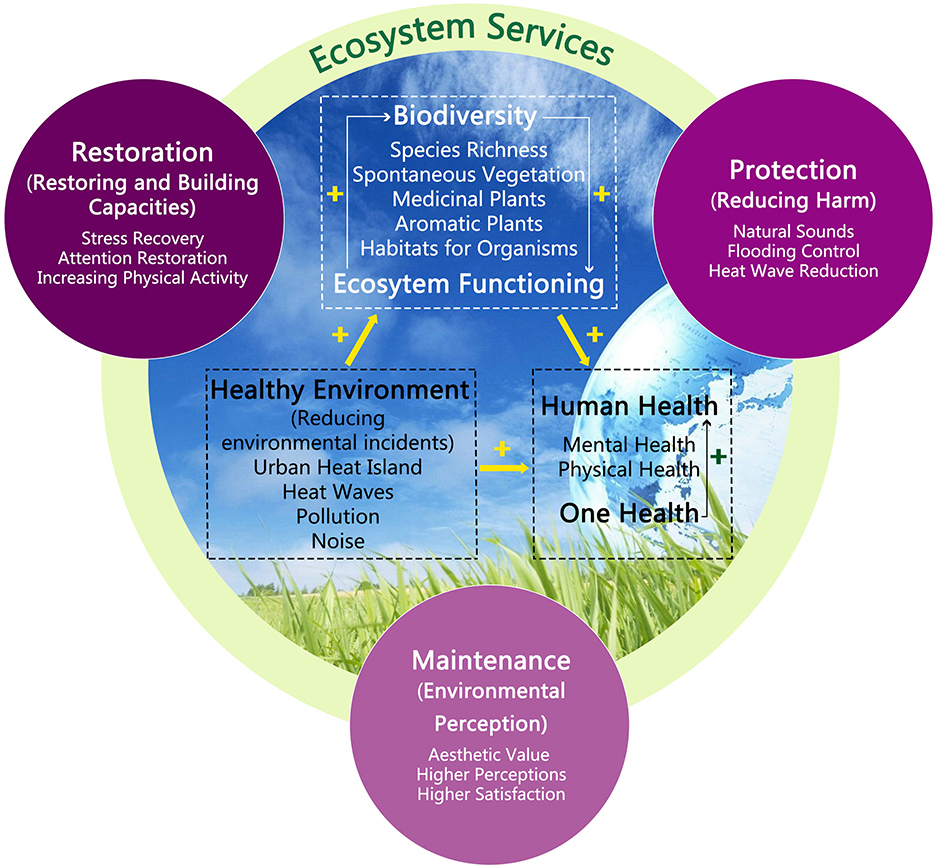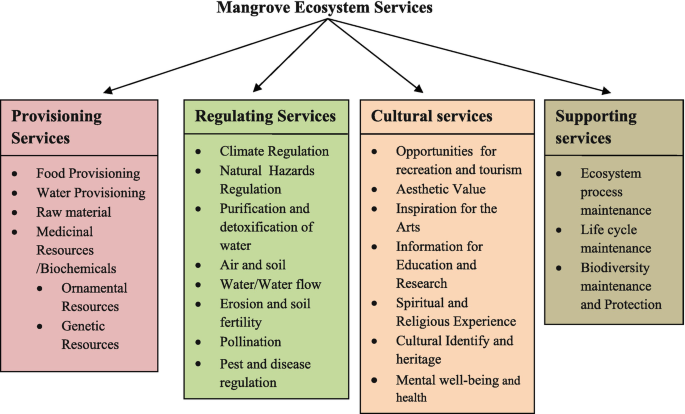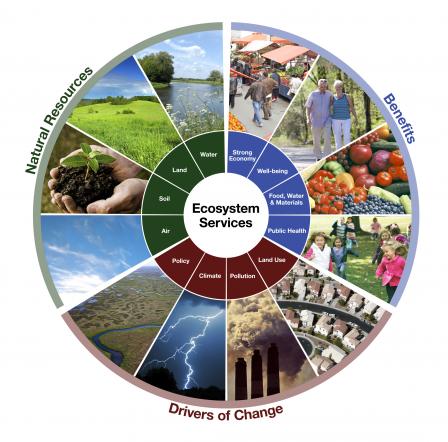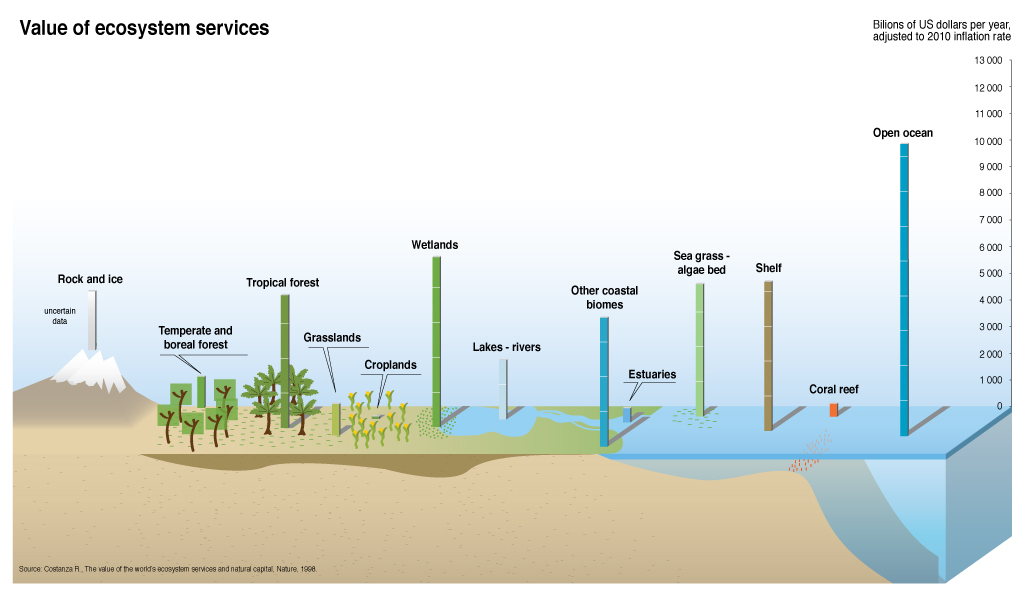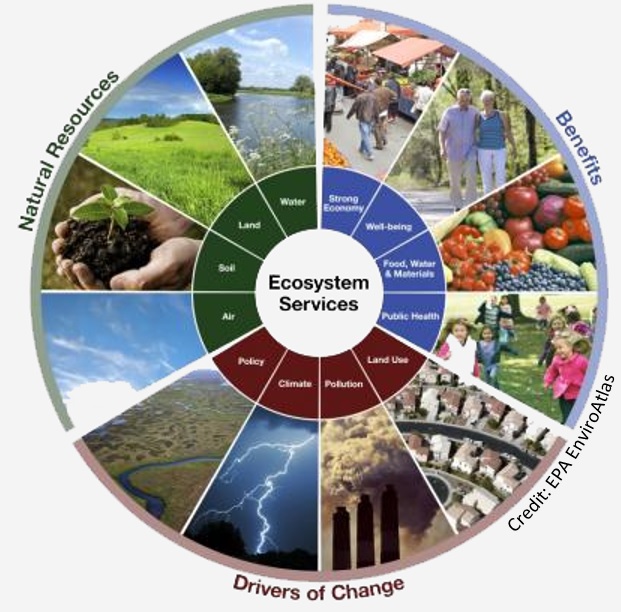Topic compare and contrast the ecosystem concepts of niche and habitat: Dive into the fascinating world of ecology as we compare and contrast the vital concepts of niche and habitat, uncovering their unique roles and interconnections within ecosystems.
Table of Content
- What is the difference between the ecosystem concepts of niche and habitat?
- Understanding the Concepts: Niche vs. Habitat
- Definition and Differences: Niche
- Definition and Differences: Habitat
- Examples of Niche and Habitat in Nature
- The Relationship Between Niche and Habitat
- Importance of Niche and Habitat in Ecology
- YOUTUBE: Fundamental niche vs realized niche
- Case Studies: Niche and Habitat Interactions
- Human Impact on Niches and Habitats
- Conservation Efforts: Protecting Niches and Habitats
What is the difference between the ecosystem concepts of niche and habitat?
When comparing and contrasting the ecosystem concepts of niche and habitat, it is important to understand their distinct meanings and roles within an ecological system:
- Habitat:
- A habitat refers to the physical environment in which an organism lives, including the biotic and abiotic factors that make up that specific area.
- It can be defined as the place where a particular species or community of organisms resides and carries out their life activities.
- Habitats provide the necessary resources and conditions for organisms to survive, such as food, water, shelter, and space.
- Examples of habitats include forests, rivers, deserts, and coral reefs, each with its unique characteristics and supporting different forms of life.
- Niche:
- A niche, on the other hand, refers to the specific role or function a species plays within its habitat.
- It involves how an organism interacts with both living and non-living components of its environment to survive and reproduce successfully.
- The niche of a species includes its feeding habits, behavior, reproduction, and interactions with other species.
- Each species has its own specific niche, which helps in maintaining the balance and diversity of the ecosystem.
In summary, while a habitat represents the physical location where organisms live, a niche defines the organism\'s ecological role and relationships within that habitat. Understanding the distinction between these two concepts is crucial for comprehending the complexity and interconnectedness of ecosystems.
READ MORE:
Understanding the Concepts: Niche vs. Habitat
The terms "niche" and "habitat" are foundational in ecology, each defining unique aspects of an organism"s role and place within an ecosystem. Understanding these concepts is crucial for grasping how life interacts within diverse environments.
- Niche: Describes an organism"s role in its community, including its use of resources and relationships with other species. It encompasses everything the organism does and needs in its environment. A niche is often thought of as the organism"s "profession" within the ecological community.
- Habitat: Refers to the physical environment in which a species lives. It is the "address" of the organism within the ecosystem, providing the necessary conditions for an organism"s survival and reproduction. Habitats are identifiable by physical factors like climate, soil type, and the presence of other species.
While a niche is an abstract concept detailing an organism"s functional role, the habitat is a tangible space that can be seen and measured. Together, they illustrate the complexity of ecosystems and the interdependence of species within them.

Definition and Differences: Niche
The ecological niche is a central concept in understanding biodiversity and ecosystem dynamics. It encompasses an organism"s total way of life, defining its role within an ecosystem, including its interactions with other species, its diet, and its environmental conditions.
- Role in the Ecosystem: A niche outlines how an organism contributes to and fits into its ecosystem. This includes everything from the food it eats to its role as predator or prey, and even its contribution to the ecosystem"s nutrient cycles.
- Specificity and Uniqueness: Each species has a unique niche that prevents other species from occupying exactly the same role. This concept, known as the competitive exclusion principle, emphasizes the idea that no two species can sustainably share an identical niche.
- Factors Defining a Niche: Niches are shaped by both biotic (living) and abiotic (non-living) factors. Biotic factors include relationships with other species, such as competition, predation, and mutualism. Abiotic factors encompass habitat conditions like temperature, humidity, and soil composition.
Niches are dynamic and can change due to external pressures, such as climate change or human activities, leading to shifts in species behavior and ecosystem structure. Understanding niches is vital for conservation efforts, helping to maintain biodiversity by ensuring species can thrive in their roles within ecosystems.
Definition and Differences: Habitat
Habitat refers to the physical environment in which a species lives. It is a critical concept in ecology, providing the context for understanding species distribution and ecosystem dynamics.
- Physical Characteristics: A habitat is defined by physical characteristics such as geography, climate, soil, and the presence of other species. These factors create the conditions for a species" survival and reproduction.
- Types of Habitats: Habitats vary widely across the globe, from dense forests and vast oceans to arid deserts and urban areas. Each habitat supports a unique set of species adapted to its specific conditions.
- Habitat Diversity: The diversity of habitats is vital for biodiversity. Different habitats provide niches for various organisms, supporting a wide range of species and ecological functions.
While niches focus on the role and relationships of species within their communities, habitats concentrate on the physical and environmental characteristics that support life. The protection and preservation of habitats are crucial for conserving biodiversity, as changes in habitat can lead to species displacement or extinction.

Examples of Niche and Habitat in Nature
- The Rainforest Canopy: The habitat of the rainforest canopy provides a home for a diverse array of species. Orchids, for example, occupy a niche as epiphytes, growing on the branches of trees to access sunlight, while avoiding competition with ground-level plants for light.
- Desert Ecosystems: In desert habitats, cacti have adapted to store water and minimize moisture loss, occupying a niche that takes advantage of scarce water resources. Meanwhile, nocturnal animals like the fennec fox avoid the daytime heat, hunting at night when temperatures drop.
- Coral Reefs: Coral reefs offer a habitat with rich biodiversity. Clownfish live among the sea anemone’s tentacles, protected from predators, a niche that also benefits the anemone by providing nutrients through the fish"s waste.
- Arctic Tundra: In the cold habitat of the Arctic tundra, the polar bear has a niche as a top predator, adapted to hunting seals through the ice. Its physical adaptations to cold and swimming skills are key to its survival and success in this environment.
These examples illustrate the complex relationships between niche and habitat. Each species is adapted to its specific environment, contributing to the ecosystem"s overall health and stability. Understanding these relationships helps in conservation efforts and managing biodiversity.
The Relationship Between Niche and Habitat
The interplay between niche and habitat is fundamental to understanding ecological dynamics. While habitat represents the "where" of an organism"s existence, niche describes the "how" of its survival and interaction within that space.
- Interdependence: A species’ niche is inherently linked to its habitat. The habitat provides the necessary resources for survival, while the niche represents the unique role a species plays in utilizing and maintaining those resources.
- Adaptation and Evolution: The relationship between niche and habitat is dynamic, driving adaptation and evolution. As habitats change due to environmental factors, species must adapt their niches to survive, leading to evolutionary changes over time.
- Species Diversity: The diversity of niches within a habitat contributes to overall biodiversity. Different species can coexist in the same habitat by occupying unique niches, reducing direct competition for resources.
- Ecosystem Health: The balance between niche and habitat is indicative of ecosystem health. A stable ecosystem supports a variety of niches and habitats, promoting biodiversity and resilience against disturbances.
This relationship underscores the complexity of ecosystems and the importance of preserving habitats to maintain the diversity of niches. Conservation efforts often focus on protecting habitats to ensure that the intricate web of life they support remains intact.

Importance of Niche and Habitat in Ecology
The concepts of niche and habitat are crucial for understanding ecological balance and biodiversity. They help explain the distribution, behavior, and survival of species within ecosystems.
- Biodiversity: Niches and habitats are key to biodiversity. By supporting a wide range of habitats, ecosystems can sustain a diverse array of niches, each occupied by different species. This diversity contributes to the resilience and stability of ecological communities.
- Conservation and Management: Understanding niche and habitat dynamics is essential for effective conservation and ecosystem management. Protecting habitats ensures the preservation of the complex network of niches and the species that occupy them.
- Ecosystem Services: The interaction between species within their niches and habitats provides essential ecosystem services, such as pollination, nutrient cycling, and climate regulation. These services are vital for human well-being and the health of the planet.
- Adaptation and Resilience: Niches and habitats play a critical role in the adaptation and resilience of species to environmental changes. By adapting their niches, species can continue to thrive in changing habitats, contributing to the overall adaptability of ecosystems.
The study of niches and habitats is fundamental in ecology, offering insights into the complex interactions that sustain life on Earth. Their preservation is crucial for maintaining ecological integrity, supporting species survival, and ensuring the continuation of vital ecosystem services.
Fundamental niche vs realized niche
Niche: Discover the fascinating world of niche markets in our video, where we delve into unique industries and specialized products that cater to specific audiences. Learn how finding your niche can lead to success and fulfillment. Habitat: Dive into the beauty of different habitats around the world in our captivating video showcasing diverse ecosystems and the incredible array of flora and fauna that thrive in each unique habitat. Explore the wonders of nature with us.
Ecological Niches
Year 11 Biology Module 4 Ecosystem Dynamics Ecological Niches.
Case Studies: Niche and Habitat Interactions
Exploring real-world examples provides valuable insights into the interactions between niche and habitat. These case studies highlight the complexity and adaptability of ecological relationships.
- Galápagos Finches: The finches of the Galápagos Islands demonstrate adaptive radiation, where species evolved to occupy different niches based on available food sources. This led to a wide variety of beak shapes and sizes, each adapted to specific types of food, illustrating how niches can diversify within a habitat.
- Amazon Rainforest: The Amazon serves as a habitat with unparalleled biodiversity. Its complex structure supports numerous niches, from the forest floor to the canopy. Species such as the jaguar, leafcutter ants, and various epiphytic plants exemplify how multiple organisms can coexist by occupying unique roles within the same environment.
- Arctic Ecosystems: Polar bears and arctic foxes in the Arctic ecosystem show how species adapt to extreme conditions. Polar bears, as apex predators, occupy a niche that involves hunting seals on the ice, while arctic foxes scavenge leftovers from bear hunts and have a more varied diet, demonstrating different survival strategies within the same habitat.
- Coral Reefs: Coral reefs are habitats that facilitate a high degree of niche specialization, from fish that clean parasites off larger fish to corals that provide structures for other species to live in. This interdependence showcases the intricate balance between niche occupation and habitat support.
These case studies underscore the dynamic relationship between niches and habitats, revealing the adaptability of species to their environments and the critical importance of preserving diverse ecosystems for continued biodiversity.

Human Impact on Niches and Habitats
Human activities have profound impacts on ecological niches and habitats, often leading to significant environmental changes. Understanding these impacts is crucial for mitigating negative effects and promoting sustainable coexistence.
- Habitat Destruction: Deforestation, urbanization, and agriculture are leading causes of habitat loss. This destruction not only reduces the physical space available for species but also disrupts the intricate web of ecological niches within those habitats.
- Pollution: Air, water, and soil pollution can alter the conditions of habitats, making them inhospitable for some species. Pollutants can also directly affect the health and viability of species, leading to changes in niche dynamics and biodiversity loss.
- Climate Change: Global warming and climate change are altering habitats at an unprecedented rate, forcing species to adapt their niches, migrate to new habitats, or face extinction. This results in shifts in ecological balances and the reorganization of communities.
- Invasive Species: The introduction of non-native species can disrupt existing niches by outcompeting native species for resources or preying on them. This can lead to significant shifts in the structure of ecosystems and the loss of biodiversity.
- Conservation Efforts: Positive human impact includes conservation work aimed at protecting and restoring habitats, reintroducing species to their natural environments, and implementing sustainable practices to reduce human footprint on natural ecosystems.
The relationship between humans and the natural world is complex. By recognizing the impacts of our actions on niches and habitats, we can work towards more sustainable practices that support the health and diversity of ecosystems.
READ MORE:
Conservation Efforts: Protecting Niches and Habitats
Conservation efforts are essential in safeguarding the delicate balance of ecosystems by protecting niches and habitats. These initiatives aim to preserve biodiversity and ensure the sustainability of our natural world for future generations.
- Protected Areas: Establishing national parks, wildlife reserves, and marine protected areas to safeguard habitats from human exploitation. These areas provide safe havens for species, allowing them to thrive in their natural niches.
- Restoration Projects: Restoring degraded habitats to their original state helps to reestablish the conditions necessary for native species to recover their niches. Projects may involve reforestation, wetland restoration, or the cleanup of polluted areas.
- Species Reintroduction: Reintroducing species to areas from which they have been extirpated can help restore ecological balances and the diversity of niches within those habitats.
- Sustainable Practices: Promoting sustainable land use and resource management practices among communities and industries to minimize habitat destruction and pollution. This includes sustainable agriculture, forestry, and fisheries.
- Climate Change Mitigation: Addressing the root causes of climate change through the reduction of greenhouse gas emissions and the promotion of renewable energy sources. Efforts to mitigate climate change protect habitats from the severe impacts of changing climates.
- Education and Awareness: Raising public awareness about the importance of niches and habitats in maintaining ecosystem health and biodiversity. Education encourages responsible behavior and support for conservation efforts.
Through concerted global and local efforts, we can protect and restore the complex web of life that niches and habitats support. Conservation is not just about preserving the natural beauty of our planet but ensuring the survival of the intricate ecosystems upon which all life depends.
In exploring the dynamic interplay between niches and habitats, we uncover the essence of biodiversity and the vital importance of conservation efforts to sustain the intricate web of life on our planet.

